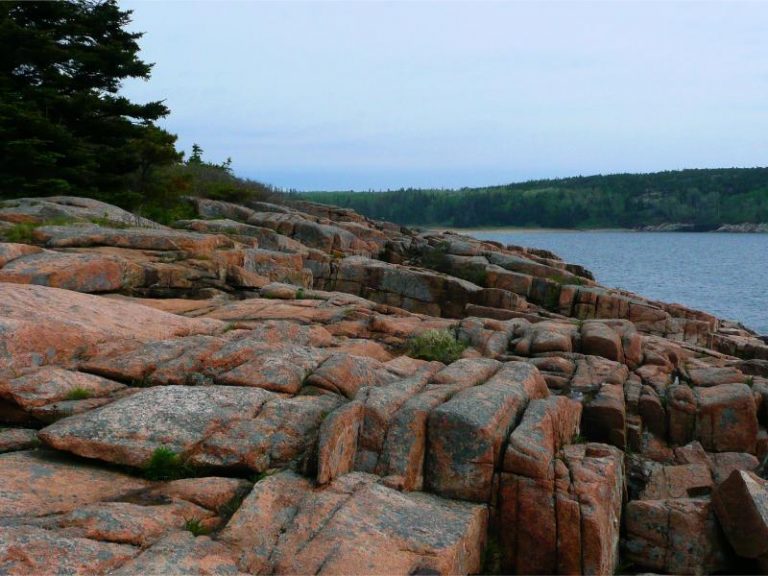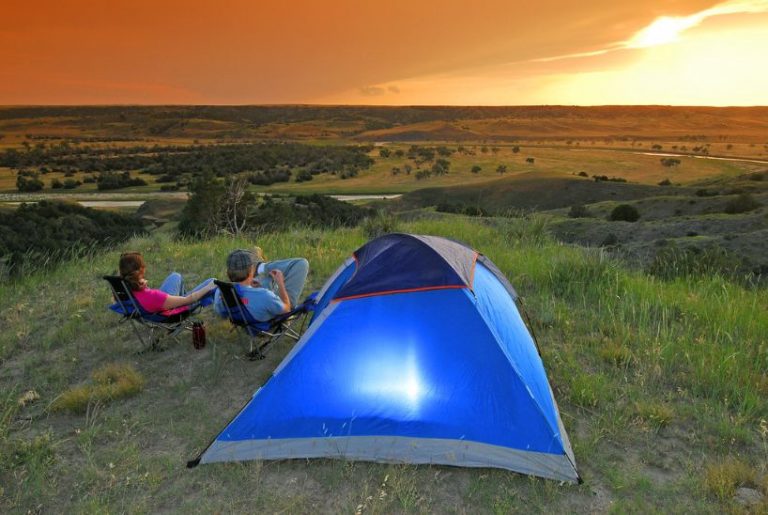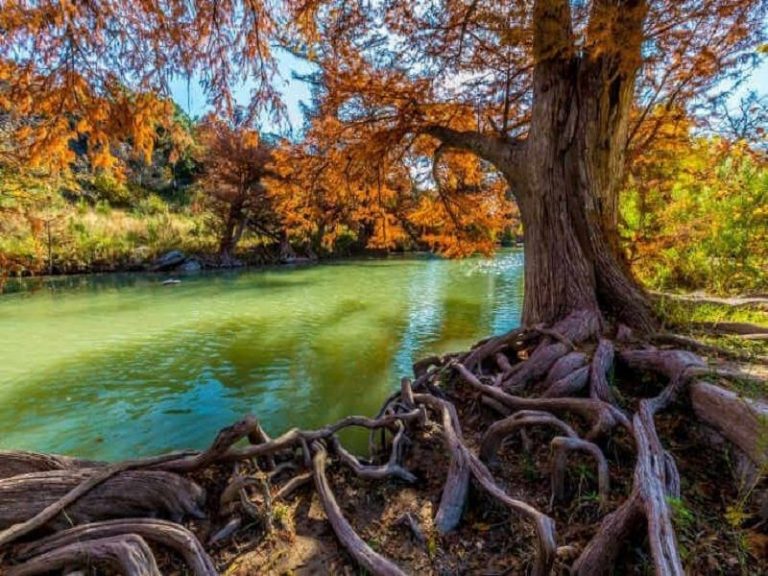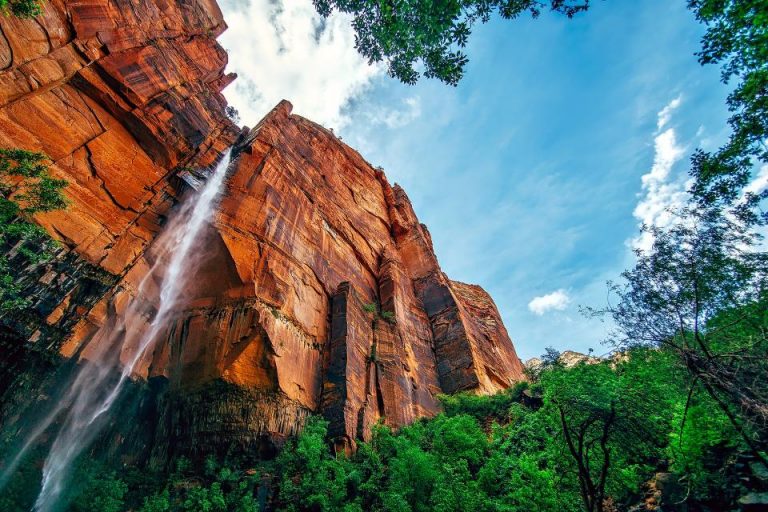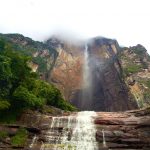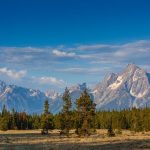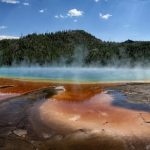Best Times To Go To Acadia National Park & Cool Things To Do In Acadia National Park
The best time to go to Acadia National Park is during the summer months. During this time of year, the temperature is warm and pleasant. Perfect for outdoor enthusiasts. The park might be crowded at this time of year but you will have a wide range of activities to choose from, such as hiking, biking, rock climbing, bird watching, swimming, boating, and much more.
If you are looking for a less crowded time to visit the park fall and spring months are the best time to go and enjoy the beautiful scenery. including mountains, forests, and ocean coastline.
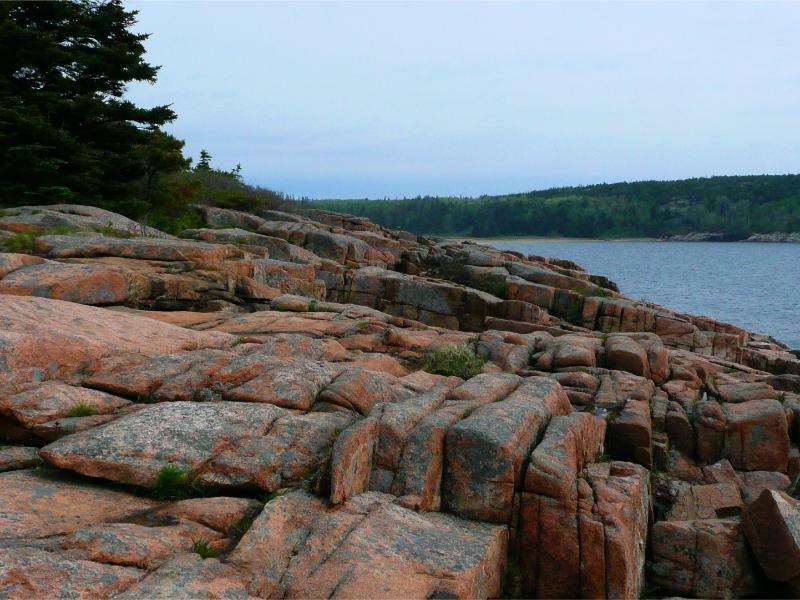

The park covers an area of 49,075 acres and is the oldest national park East of the Mississippi River. It receives more than two million visitors each year.
The Island Explorer bus provides a free shuttle service between Bar Harbor and Acadia National Park.
It is important to plan ahead and make reservations for lodging and activities.
What You Need to Know Before Visiting
What you need to know before visiting Acadia National Park, The park is home to a wide range of wildlife, including whales, foxes, moose, bears, porcupines, otters, and bobcats, among many other creatures. Views of the mountains, trees, ocean, and surrounding area are breathtaking.
Although the Park is open all year round, some amenities and events may be suspended during the winter.
There is a cost to enter the park; for more information, go here. Despite the entry cost, the park provides a lot of free activities all year round. You must plan ahead for your visit and do your research.
Acadia National Park is a terrific destination whether you want to hike, ride, or just take in the scenery. Just be sure to prepare for your excursion by making a plan in advance.
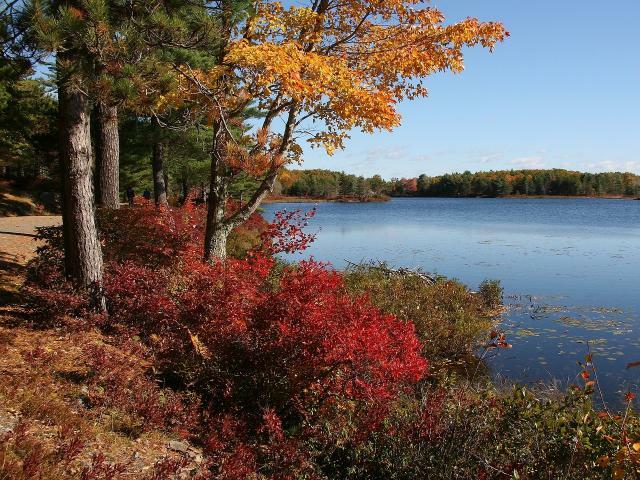

Essential Gear
When visiting Acadia National Park, it is important to be prepared with the right gear. This national park is known for its beautiful scenery and hiking trails, so you will want to make sure you have the proper equipment. Here is a list of the best gear to bring when visiting Acadia National Park.
Hiking Boots: Hiking boots are a must when visiting Acadia National Park. With over 100 miles of hiking trails, you will want a good pair of boots to keep your feet comfortable.
Water Bottle: It is important to stay hydrated when hiking, so be sure to bring a water bottle with you.
Sunscreen: The sun can be strong in Acadia National Park, so don’t forget to put on sunscreen before heading out for a hike.
Bug Spray: Bug spray is also important, as there are mosquitoes in Acadia National Park.
First Aid Kit: It is always a good idea to bring a first aid kit when hiking, in case of any minor injuries.
Map: A map is essential when hiking in Acadia National Park, as there are many different trails to explore.
With the proper gear, you will be able to enjoy all that Acadia National Park has to offer.
Camera and Spare Battery: Don’t forget to bring a camera to capture all of the beautiful scenery in Glacier National Park. Be sure to pack a spare battery as well.
Binoculars: Binoculars are a great way to get a closer look at the wildlife in the park.
Weather At Acadia National Park
The weather at Acadia National Park is pleasant during the summers ideal for outdoor activities like hiking, camping, swimming, and rock climbing. The winter months are cold and snowy and you should take advantage of all the activities winter has to offer like hiking, ice fishing, cross-country skiing, and snowshoeing.
Weather At Acadia National Park Spring (March, April, May)
Insect season is in the spring when running water offers ideal breeding circumstances. The amount of rain has a significant impact on the number of bugs. The Spring season is when hotels and retail establishments begin to open. The average daily temperature is 30-70 F (-1-21 C) Perfect weather for taking a walk, bike riding, going on a hike, or bird watching. To protect yourself from bugs, dress in light-colored, long-sleeved shirts and long pants and pack some insect repellent.
Acadia National Park During Summer (June, July, August)
Acadia National Park enjoys ideal summertime temps with the pleasant coastal wind. Mount Desert Island experiences its busiest month in July, with fully booked hotels and restaurants. August is busier for families wanting to take advantage of the last of the summer heat before autumn.
The average temperature in the summer is between 45-90 F (7-32 C) – Ocean temperature: 50-60 F (10-16 C) – Lake temperatures: 55-70 F (13-21 C).
Acadia National Park In The Fall (September, October, and November)
The peak time for fall foliage varies from year to year, although it usually occurs in October.
The weather remains lovely, if a bit colder, for a few weeks as the leaves turn beautiful, brilliant colors of red, gold, and orange, peaking in early to mid-October. The average temperature in the fall is between 30-70 F (-1-21 C). It’s that time of year again, but without the bugs and humidity. There is plenty of sunshine and bright blue skies.
Acadia National Park During Winter (December, January, February)
Acadia National Park in New England has one of the harshest and longest winters in the country. The majority of restaurants, hotels, museums and other attractions close for the winter. A few resilient businesses remain open throughout December, January, and February. The average temperature in the winter is between 14-35 F (-10-2 C).
Acadia’s carriage roads make excellent cross-country skiing trails after a substantial snowfall. The region gets 60 inches of snow on average each year, but the actual quantity fluctuates.
Hiking boots are the best option if you desire comfort and durability on your trip, even if you don’t hike.
Top Things To Do At Acadia National Park
Top things to do at Acadia national park and find out what makes them so special.
Acadia National Park has many things that set it apart from other national parks. If you appreciate the Great Outdoors you will love the wide range of activities to choose from, such as hiking, camping, rock climbing, Bicycling, Birdwatching, Swimming, Stargazing, Boating, and much more.
1. Cadillac Mountain In Maine (Hike To The Top)
Looking for a great hike with incredible views? Look no further than the Cadillac Mountain North Ridge Trail!
How long is the hike to the top of Cadillac Mountain North Ridge Trail? 2.2 miles. Along the way, you will be rewarded with breathtaking views of the Atlantic Ocean. The first part of the trail winds through a thick forest, but there’s no need to panic, the views will soon become much more open. This is an excellent location for birding. If the weather is clear, you will be able to view Mount Desert Island in the distance. This hike may take the average person 1.5 to 2 hours to reach the top.
2. Park Loop Road Acadia National Park Maine (Bike Or Drive)
Driving or biking Park Loop Road in Acadia National Park is one of the best ways to take in the park’s stunning views. The Park Loop Road is a 27-mile (43 km) road that goes through the park and offers stunning views of the ocean, mountains, and forests. There are three types of road systems on the island, and one of them is the Park Loop Road. The Park Loop Road is a great way to experience all that Acadia National Park has to offer.
- What is Park Loop Road?
Park Loop Road is a scenic road that loops through Acadia National Park on Mount Desert Island.
- How long is Park Loop Road?
27 miles long.
- Where does Park Loop Road go?
Loops through Acadia National Park.
- What is the speed limit on Park Loop Road?
The speed limit on Park Loop Road is 25 mph to 35 mph.
- Can I drive my RV on Park Loop Road?
Yes, you can drive your RV on Park Loop Road.
3. Sand Beach In Acadia National Park
If you’re looking for a secluded beach in Acadia National Park, look no further than Sand Beach. This beach is known for its dramatic cliffs and stunning views. The beach is also great for swimming, sunbathing, and picnicking. Sand Beach In Acadia National Park is one of the most popular destinations known for its soft, white sand and clear blue water.
The best time to visit Sand Beach is during the summer months when the water is warmest.
- What is the best time to visit Sand Beach?
The best time to visit Sand Beach is in the summer when the weather is warm and the water is perfect for swimming.
- What is the average temperature at Sand Beach?
The average temperature at Sand Beach is 81° / 60° during the summer.
- What is the average water temperature at Sand Beach?
The average water temperature at Sand Beach is 64 °.
- What is the best way to get to Sand Beach?
The best way to get to Sand Beach is by car. The Park Loop Road takes you to Sand Beach on the island’s Northeastern coast, directly after the park entrance station.
- What is the best way to stay cool at Sand Beach?
The best way to stay cool at Sand Beach is to jump in the water! Or you can bring a beach umbrella to provide shade.
4. Acadia National Park Best Hikes
Acadia National Park is one of the top hiking destinations in the United States. There are over 100 miles of hiking routes, from short strolls to challenging ascents. The park’s top three tallest peaks are, Champlain, Sargent, and Dorr, which offer stunning views from all angles. Some trailheads are inaccessible by automobiles during the winter because a portion of Park Loop Road is usually closed.
The Jesup and Hemlock Path Loop offers a relatively level stroll over gravel roads and boardwalks. The Beehive Loop features exposed cliffs, granite stairs, and iron rungs. The ascent of Cadillac Mountain by either the North Ridge Trail or South Ridge Trail is the most traditional challenge for serious hikers. Head over to the Schoodic Peninsula to explore the forests and take in the scenery on this side of the park.
Top 5 Recommend Hike
- Hike Carriage Roads
- Hike Cadillac South Ridge Trail
- Hike Schoodic Peninsula Trails
- Hike Precipice Loop
- Hike Cadillac North Ridge Trail
5. The Precipice Trail Acadia National Park
The Precipice Trail is one of the most popular and challenging hikes in the park, but it is also one of the most rewarding. The trailhead is located near the top of Champlain Mountain, and the trail itself is a series of iron rungs and ladders that scale the cliff face. The views from the top are truly incredible, and you can see for miles in every direction. If you’re up for the challenge, the Precipice Trail is a must-do hike in Acadia National Park.
- Wear sunscreen. Even on cloudy days, the sun can be strong. Apply sunscreen before you head out, and reapply as needed.
- Changes in the weather are inevitable! On the Precipice Trail, the weather can change quickly, so make sure you’re prepared. Layers!
- Watch out for loose rocks! It’s easy to lose your footing if you’re not careful on the trail because it’s rocky and uneven.
- Have a plan! Make sure you know where you’re going and have a plan for getting back to your car. Be prepared for a challenging hike on the Precipice Trail.
6. Acadia National Park Birdwatching
If you’re into bird watching, Acadia National Park should be high on your list of places to visit. It’s home to 338 bird species, which makes it one of the most diverse birding areas in the country.
Acadia’s varied habitats and close proximity to the Eastern seaboard provide for a diverse range of bird species. From beautiful owls and shorebirds to provocative raptors and moody warblers,
Acadia has countless species of birds. Here is a list of my top 5 birdwatching locations.
Top 5 Recommend Birdwatching Locations:
- Birding Sieur de Monts Springs,
- Birding the Carriage Roads,
- Birding Cadillac Mountain,
- Birding Schoodic Peninsula,
- Birding Isle au Haut
If you are planning on birdwatching: Best binoculars recommendations
7. Acadia National Park Rock Climbing
Acadia National Park is one of the best places in the world to go rock climbing. The park has a variety of different climbs, ranging from beginner to expert, so there’s something for everyone.
Climbing at Acadia National Park is unlike anywhere else on earth. There is a fair mixture of slabs, minor crags, alpine-style cliffs, beach cliffs, and bolted routes. There are dihedrals, steep faces, overhangs, rocks from the shore and the forests, and crack climbs. This is a location you should consider visiting.
- The weather can change very quickly in this area so it is important to be prepared for all conditions when rock climbing in the park.
- Be mindful of your surroundings and keep an eye on the terrain.
- Keep an eye out for dangerous wildlife in this area of Acadia National Park.
- When rock climbing, having the appropriate gear is crucial.
- Be sure to follow all safety guidelines when rock climbing. Watch out for your own safety.
8. Acadia National Park Kayaking
Acadia National Park is the perfect place to go for a kayak or canoe trip because of its stunning scenery. You’ll get to see towering cliffs, pristine beaches, and lush forests up close, and you might even spot some wildlife along the way. Outfitters in the park can provide you with the equipment and expertise you need to make your trip a success.
9. Bass Head Harbor Lighthouse Visit
Bass Head Harbor Lighthouse is one of the few remaining historical landmarks in the United States. The lighthouse is located in Acadia National Park on Mount Desert Island’s Southwest side. With 180,000 visitors annually, it is the fifth busiest location in the entire park. There are two family-friendly trails close by the Wonderland Trail and the Ship Harbor Trail.
10. Best Campsite In Acadia National Park
Related Articles: Things To Do While Camping
If you’re planning on spending some time in Acadia National Park, you might want to consider staying at one of the park’s campgrounds. There are four campgrounds in Acadia National Park, each with its own unique amenities and features.
- Blackwoods Campground
- Seawall Campground
- Schoodic Woods Campground
- Duck Harbor Campground
Acadia National Park’s campsites include accommodations for overnight stays as well as longer stays. What are you still holding out for? Plan your camping vacation to Acadia National Park right away!
Related Articles: How To Properly Set Up A Tent
Acadia National Park Entrance Fees/ Pass
– Private Vehicles: (non-commercial vehicle/RVs/rental cars/vans) $30
– Motorcycles: (non-commercial motorcycle) $25
– Per Person: (one individual with no car (hiker/bicyclist/pedestrian) $15
– Acadia Annual Pass: (pass holder/passengers in a non-commercial vehicle.) $55
– Interagency Annual Pass: (America the Beautiful Pass) $80
– Annual Senior Pass: (U.S. citizens/permanent residents age 62 or older) $20
– Lifetime Senior Pass: (lifetime pass/U.S. citizens/permanent residents age 62 or over.) $80
– Military Pass: (U.S.veterans/active duty personnel and their dependents) Free
– Access Pass: (U.S. citizens/permanent residents with permanent disabilities) Free
You can purchase your Acadia National Park pass online at recreation.gov or in person at the park entrance station.
Conclusion: The best time to visit Acadia National Park is during the summer months. The Park is home to a wide range of wildlife, including whales, foxes, moose, bears, porcupines, otters, and bobcats, among many other creatures. Views of the mountains, trees, ocean, and surrounding area are breathtaking. The weather at Acadia National Park is pleasant during the summers ideal for outdoor activities like hiking, camping, swimming, and rock climbing. The winter months are cold and snowy and you should take advantage of all the activities winter has to offer like hiking, ice fishing, cross-country skiing, and snowshoeing.
What Are The Main Things You Need For Camping

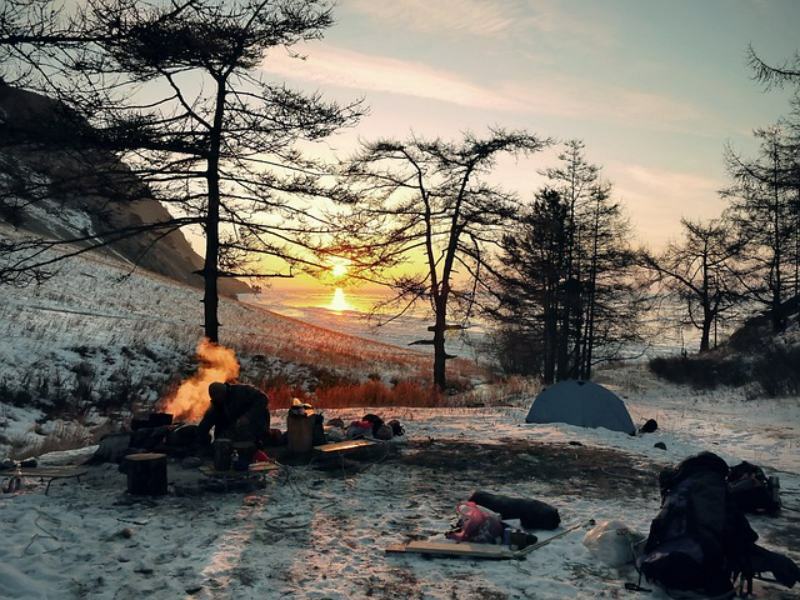
Camping is one of the most enjoyable pastimes available. Who wouldn’t want to go away from the city, pitch a tent beneath the stars, and prepare a delectable supper over an open fire? Camping, whether at campsites, mountains, or on the river, is something I believe everyone should do at least once in their lives.…
Best Sleeping Pads for Backpacking and Camping

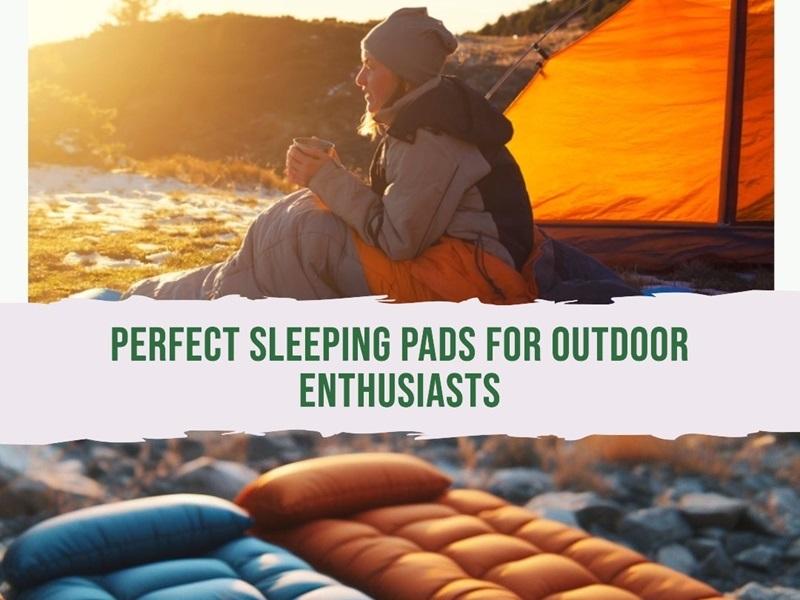
When preparing for a backpacking or camping adventure, choosing the right sleeping pads is essential for rest. The sleeping pad provides insulation from the cold ground and provides cushioning and comfort. This guide covers how to select the best sleeping pads for backpacking and camping based on different activities. Choosing the Right Sleeping Pad Choose…
Sleeping Bags Shape


A Comprehensive Guide to Choosing the Right Sleeping Bag Shape for Your Needs: Mummy vs. Oval vs. Rectangular vs. Semi-Rectangular vs. Square When planning your next camping trip, one of the most important decisions you’ll make is choosing the right sleeping bag. With so many different shapes and styles to choose from, it can be…
The Best Backpacking Sleeping Bags Under $100 in 2024

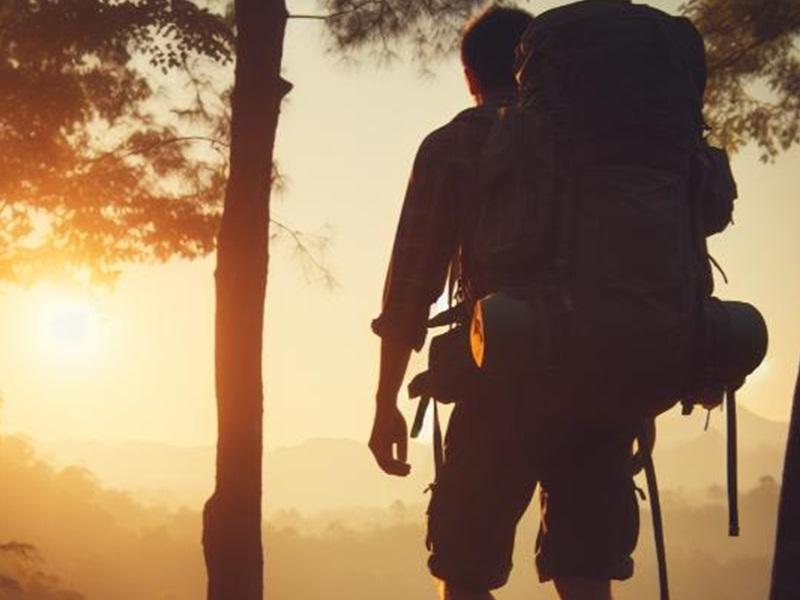
Camping out under the stars is one of life’s great simple pleasures. As the day’s tension fades with the setting sun, you settle into the cozy sanctuary of your sleeping bag, comforted by its warmth. However, not all sleeping bags are created equal when it comes to providing both comfort and portability on the trail. …

